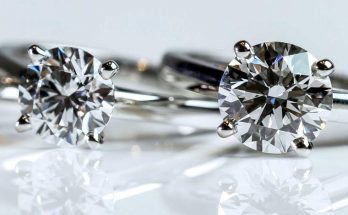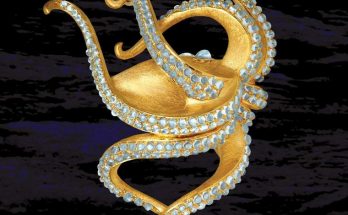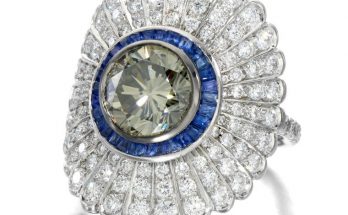
Does Branding Equate to Excellence?
Almost every big name jewelry retailer boosts their own line of “signature diamonds” where each stone is supposedly cut to maximize sparkle and radiating brilliance.
Sad to say, most of these claims are mere marketing gimmicks. The truth is that very few brands in the world can consistently achieve such precise standards – on every diamond every time.
Besides allegedly being “unique in its cut” and a “pedigree for performance”, the biggest point for emphasis is that these diamonds often come along with a large price tag. Now, one of my favorite pastimes is to walk into jewelry stores just to take a peek at their offerings. Whenever I am being pitched with a store’s signature collection, I instantly turn into a skeptic.
Many unsuspecting consumers simply accept what is told to them by a salesperson without questioning why or asking for proof. What really makes a signature line of diamond stand out and justifiable for its premium pricing? Does the diamond really perform to what the marketing hype says it is?
I’m going to show you the things you should look out for when dealing with the premium cuts.
Benchmarking the Industry With Brian Gavin’s Signature
Brian Gavin offers some of the most beautifully cut diamonds in the industry and this is due to a stringent selection process for their signature diamonds. In each listing, Brian Gavin also provides in-depth technical details and information to show you exactly what you will be getting.
For more details, click this link to browse through their signature diamonds.
Let’s do an analysis for a random 1 carat stone within their signature collection to see if their claim for a “signature series” is really top of the line. For this example, I had chosen an F color VS2 diamond (specifications that will offer great value for quality).
A common misconception amongst shoppers is that they need to buy a diamond of the best quality (D color VVS1/IF diamond) in order for it to be beautiful. That’s not true. A well cut K color SI2 diamond will look better than a poorly cut D color IF stone anytime.
A great thing I love about Brian Gavin is that they offer a virtual loupe feature for their top-of-the-line diamonds. This means you can actually see the overall shape and feel of the diamond.
Breaking Down a Diamond’s Optical Performance
In order to determine a diamond’s optical performance, data like Idealscope/ASET images are actually required. These can also be found on their listing page for your perusal. Also, with the cutting angles, we can also do a quick calculation of the diamond’s performance with the HCA tool.
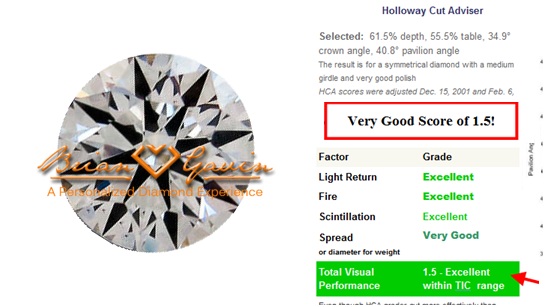
A calculation on the Holloway Cut Advisor shows a value of 1.5 – a very good score!
The ASET and IdealScope images shown respectively indicates a diamond with optimum fire and brilliance.
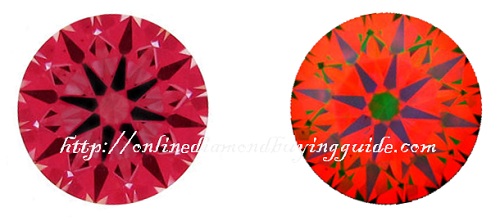
The point to take back here is that while most jewelers can claim their diamonds to be super ideal or super super ideal, you should take it with a pinch of salt. What you need to do is to be rational and objective in your diamond selection process. Any such claims of a stone to be ‘super’ ideal must be backed up with the relevant information using optical performance tools.
You should request the technical information from them and make your own analysis to determine the diamond’s cut yourself. If any particular vendor refuses to show you these required images, walk away. Deal with someone who can use real information to backup their claims instead.
Why is Every Store Claiming to be Selling Hearts And Arrows?
Likewise, any stores that claim they sell Hearts and Arrows diamonds MUST provide you with the evidence to back up their claims. The most common way of determining this is to view the diamond under a H&A scope. If you are working with online vendors, photographs taken with a Hearts and Arrows viewer will enable you to inspect details with ease.
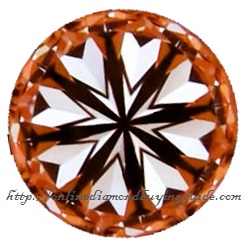
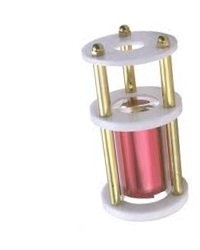
Crisp & perfect hearts patterning & a hearts and arrows viewing scope.
Here are the critical stuff about H&A diamonds what you need to pay attention to. Many times, the hearts and arrows patterning are of sub-par standards and are passed off as ideal because consumers are uneducated to detect the subtle nuances. Click this link to learn more about the 11 guidelines for optical symmetry in a hearts and arrows diamond.
Clearly, I am using Brian Gavin as a good benchmark in this study. Whether you are buying online or shopping for a diamond in a physical store, these are things you need to look out for. If someone claims to sell you an ideal hearts and arrows diamond, you should subject the stone to the same scrutiny as I did above.
Oh, if the vendor doesn’t provide you with these images or comes up with all kinds of excuses that they don’t have a viewer. Really? That’s just a clear sign for you to head to the door. The ugly truth is, once they show you the stone under the scope, you would probably change your mind about purchasing the stone.
On the next page, I am going to show you a free (and easy to use) tool that helps you reject poorly proportioned stones simply by inputting numbers from a grading report…
<<
>>
SOURCE:http://beyond4cs.com/shapes/round/signature-diamonds-critique/

